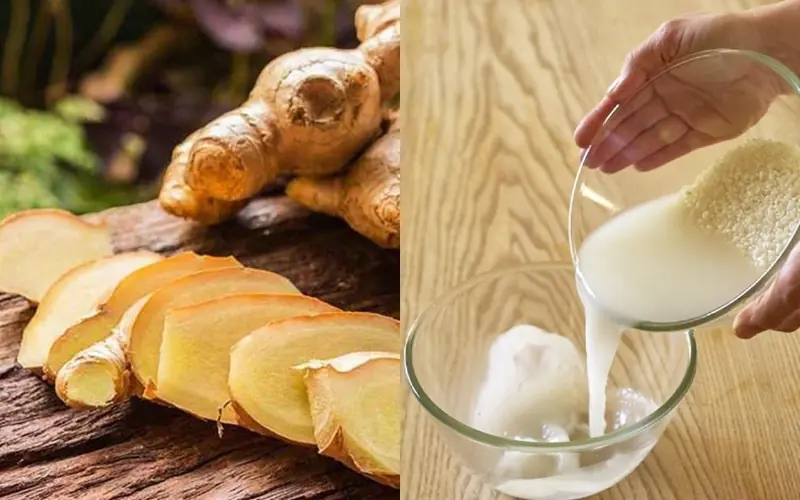
Do You Need to Unplug the Rice Cooker After the Rice Is Cooked: The Surprising Answer
Do You Need to Unplug the Rice Cooker After the Rice Is Cooked? The Surprising Answer
Rice cookers have become a staple appliance in many kitchens around the world. Their convenience and ability to consistently produce perfectly cooked rice have made them a must-have for households of all sizes. However, a common question among users is: Do you need to unplug the rice cooker immediately after the rice is cooked? The answer might surprise you and depends on various factors related to safety, appliance design, and energy efficiency.
In this article, we’ll explore the best practices for using your rice cooker, what happens if you leave it plugged in, and how to keep your rice cooker functioning safely and efficiently.
How Does a Rice Cooker Work?
Before addressing the unplugging question, let’s understand how a rice cooker functions. A rice cooker uses an internal heating element controlled by a thermostat to cook rice. Once the rice is cooked and the water is absorbed or evaporated, the thermostat detects the temperature change and automatically switches the cooker to “keep warm” mode.
This feature allows the rice cooker to keep the rice warm without continuing to cook it. The “keep warm” mode maintains a low temperature that prevents the rice from cooling down while avoiding overcooking or burning.
Do You Need to Unplug the Rice Cooker Right After Cooking?
The short answer is No, you don’t have to unplug the rice cooker immediately after cooking—but with some caveats.
Most modern rice cookers are designed to be left plugged in safely for several hours. The automatic switch to “keep warm” mode prevents excessive energy consumption and protects the rice from spoiling.
However, there are some important considerations:
-
Safety First: Ensure that your rice cooker is in good working condition with no exposed wires or damage. Always place the cooker on a stable, heat-resistant surface away from flammable materials.
-
Avoid Long Periods of Use: While it’s safe to leave your rice cooker plugged in for a few hours, it’s not recommended to leave it on “keep warm” mode all day or overnight. Extended use in “keep warm” mode may affect the texture and taste of the rice and increase energy consumption unnecessarily.
-
Unplug When Not in Use: If you don’t plan to consume the rice within a few hours, it’s best to unplug the rice cooker and store the rice in the refrigerator to maintain freshness and prevent bacterial growth.
Benefits of Leaving Your Rice Cooker Plugged In
There are several benefits to keeping your rice cooker plugged in after cooking:
-
Convenience: You can serve fresh, warm rice anytime without reheating. This is especially useful during busy days or when hosting guests.
-
Consistent Temperature: The “keep warm” function keeps the rice at an ideal temperature for consumption without drying it out.
-
Energy Efficiency: Modern rice cookers consume very little electricity in “keep warm” mode compared to cooking mode.
Risks of Leaving Your Rice Cooker Plugged In
While generally safe, there are some risks to consider:
-
Energy Consumption: Continuous use of the “keep warm” mode does consume energy. Over time, this can add to your electricity bill.
-
Rice Quality: Leaving rice on “keep warm” for too long can cause it to dry out, become hard, or develop an unpleasant taste.
-
Safety Hazards: If your rice cooker is old or damaged, leaving it plugged in for long periods may increase the risk of electrical faults or overheating.
Tips for Safe and Efficient Use of Your Rice Cooker
To get the best out of your rice cooker while ensuring safety and energy efficiency, consider these tips:
1. Use the Timer Function
Some rice cookers come with a timer or delayed start function. You can set it to begin cooking so that the rice finishes just before mealtime, reducing the need to keep rice warm for long periods.
2. Unplug After a Few Hours
While it’s safe to leave the rice cooker on “keep warm” mode for a few hours, it’s a good practice to unplug it if you won’t be eating the rice within 4-6 hours.
3. Store Leftover Rice Properly
If you have leftover rice, transfer it to an airtight container and refrigerate it promptly. Reheat only the portion you plan to eat.
4. Regularly Clean Your Rice Cooker
Maintaining your rice cooker ensures it operates safely. Clean the inner pot, lid, and heating element regularly to avoid food buildup that can cause malfunction.
5. Avoid Using Damaged Appliances
If your rice cooker has any signs of damage, such as frayed cords or broken switches, avoid using it until it is repaired or replaced to prevent electrical hazards.
Common Myths About Rice Cookers and Unplugging
There are several myths and misconceptions regarding rice cookers and whether they should be unplugged after use.
-
Myth 1: Leaving the rice cooker plugged in wastes a lot of electricity.
While it does consume some electricity, modern rice cookers use very little power in “keep warm” mode—typically around 10-20 watts, which is minimal compared to other household appliances.
-
Myth 2: Leaving the rice cooker plugged in damages the appliance.
Rice cookers are designed to be plugged in during cooking and keeping warm. Proper use and maintenance are key to longevity, not unplugging after every use.
-
Myth 3: Rice kept on “keep warm” mode is unsafe to eat.
Rice kept on “keep warm” mode for a reasonable time (up to 6 hours) is generally safe. However, prolonged warming beyond that may increase the risk of bacterial growth.
When Should You Definitely Unplug Your Rice Cooker?
There are specific situations where unplugging your rice cooker immediately after use is advisable:
-
If you need to clean the appliance or move it.
-
If you won’t be eating the rice within a few hours.
-
If there are any electrical issues or if the appliance feels hot to touch.
-
If you live in a region prone to electrical surges or unstable power supply, unplugging when not in use can prevent damage.
Energy Saving Alternatives
If you are concerned about energy usage, here are some alternatives to keeping your rice cooker plugged in all day:
-
Use a thermal cooker or insulated rice container to keep rice warm without electricity.
-
Cook rice just before mealtime using the timer function.
-
Reheat rice in a microwave or on the stove instead of relying on “keep warm” mode for extended periods.
Conclusion
In summary, it’s not necessary to unplug your rice cooker immediately after the rice is cooked because most modern rice cookers are designed with a safe and efficient “keep warm” function. This feature allows you to enjoy warm rice conveniently for a few hours after cooking.
However, for the best rice quality, safety, and energy efficiency, avoid leaving the rice cooker plugged in for extended periods. Unplug it after a few hours if you won’t consume the rice, and always store leftovers properly.
Understanding how your rice cooker works and following these tips will help you make the most of your appliance while keeping your kitchen safe and your energy bill under control.
Enjoy perfectly cooked rice, every time—without unnecessary worry about unplugging your rice cooker immediately!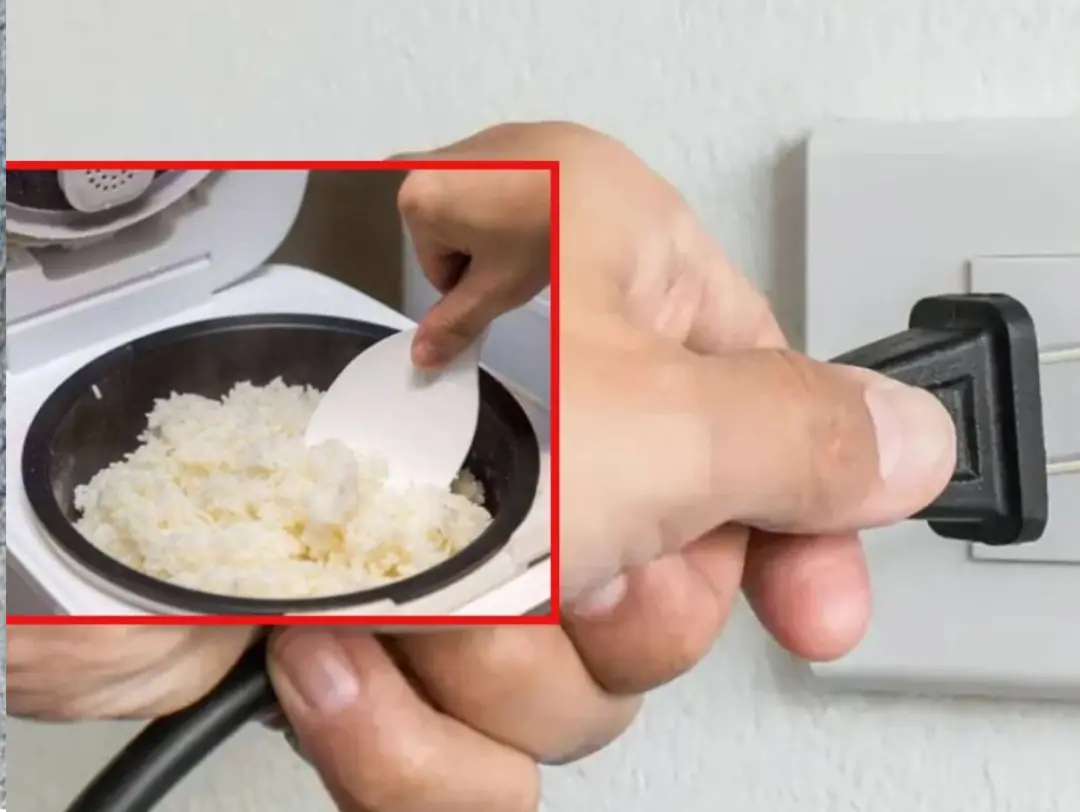
News in the same category


4 Effective Home Remedies to Eliminate Mucus and Phlegm in the Throat, Sinusitis, and Rhinitis

Tips for boiling potatoes without water, in just 5 minutes, the potatoes will be soft and fragrant
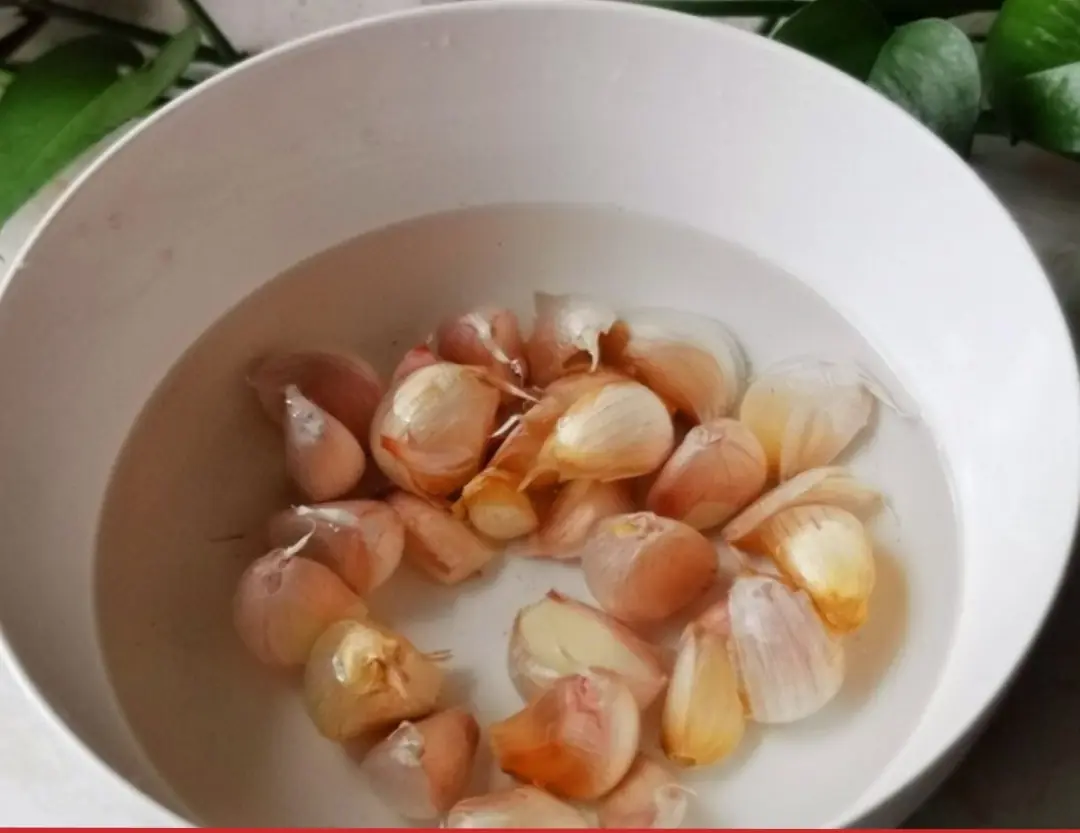
Peeling garlic by hand is old-fashioned. Here are 4 ways that are quick and don't leave a smell on your hands.

6 tips for using beer to condition and wash your hair to make it shiny, black, and reduce hair loss

Not everyone pays attention to this issue
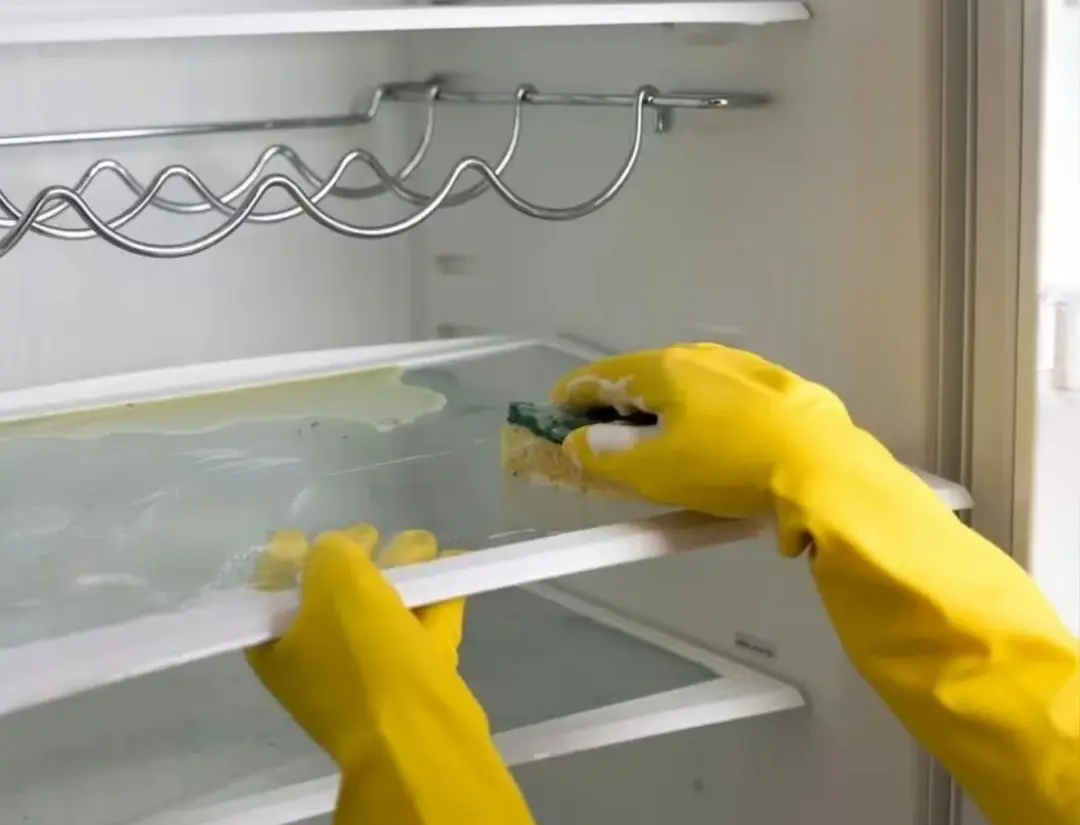
30-minute tip to keep your refrigerator clean and odorless with cheap and safe ingredients

Expired fresh milk has 4 special uses
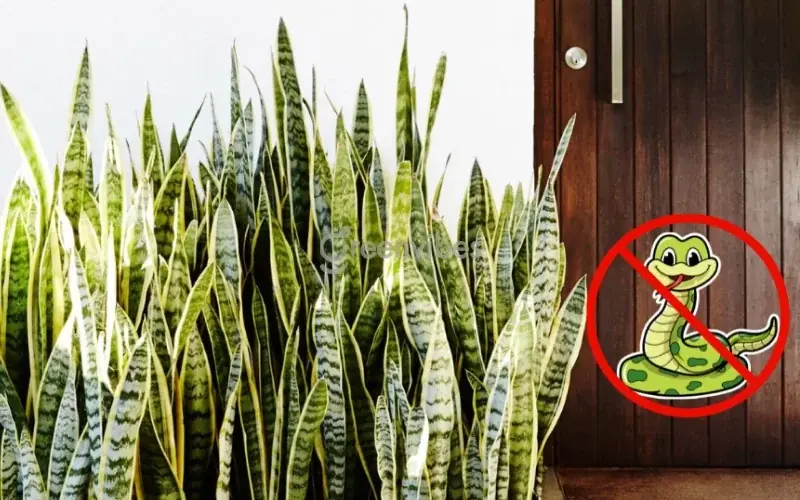
Plant these 5 plants around your house to repel snakes
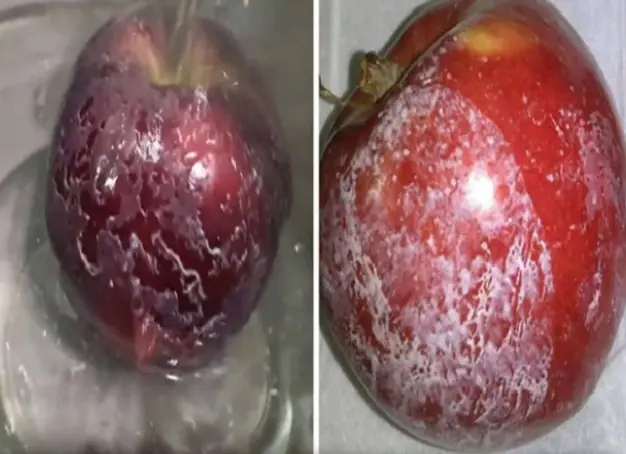
How to effectively remove the wax layer on apples

If your pan loses its non-stick coating, don't throw it away.

How to repel mosquitoes easily
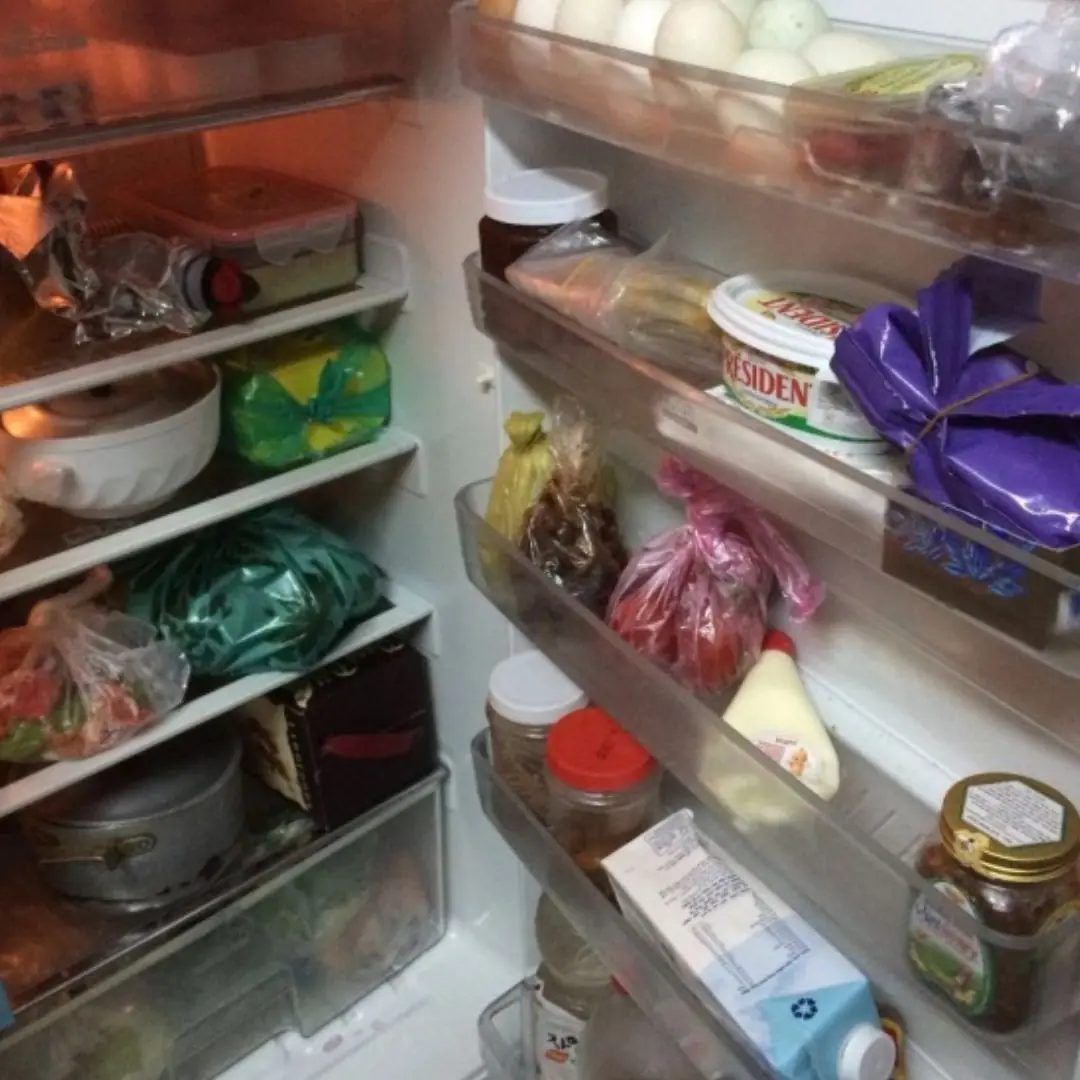
4 warning signs that frozen meat has spoiled
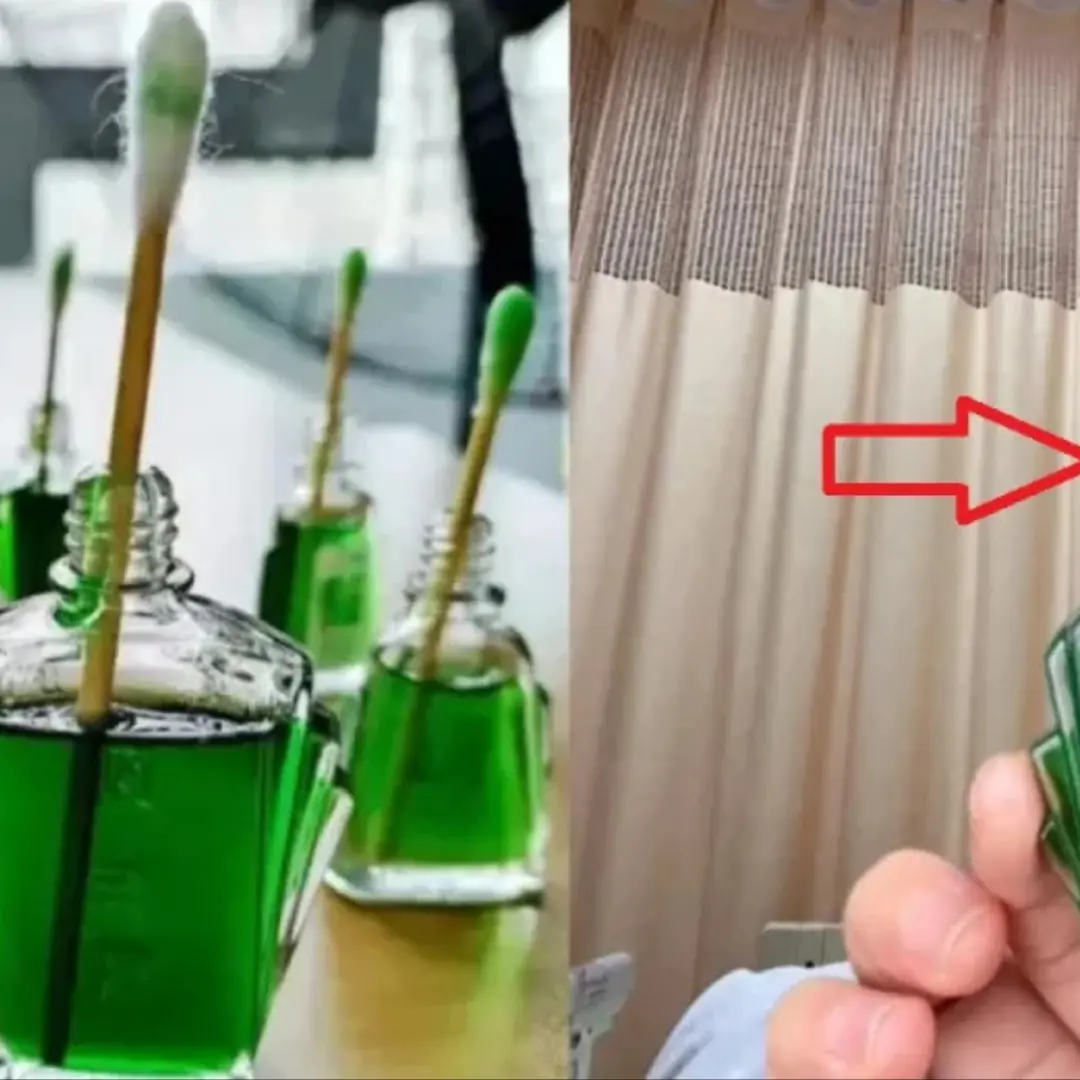
Put cotton swabs in a bottle of essential oil and place it on the bedside table: Simple and the whole family can benefit.
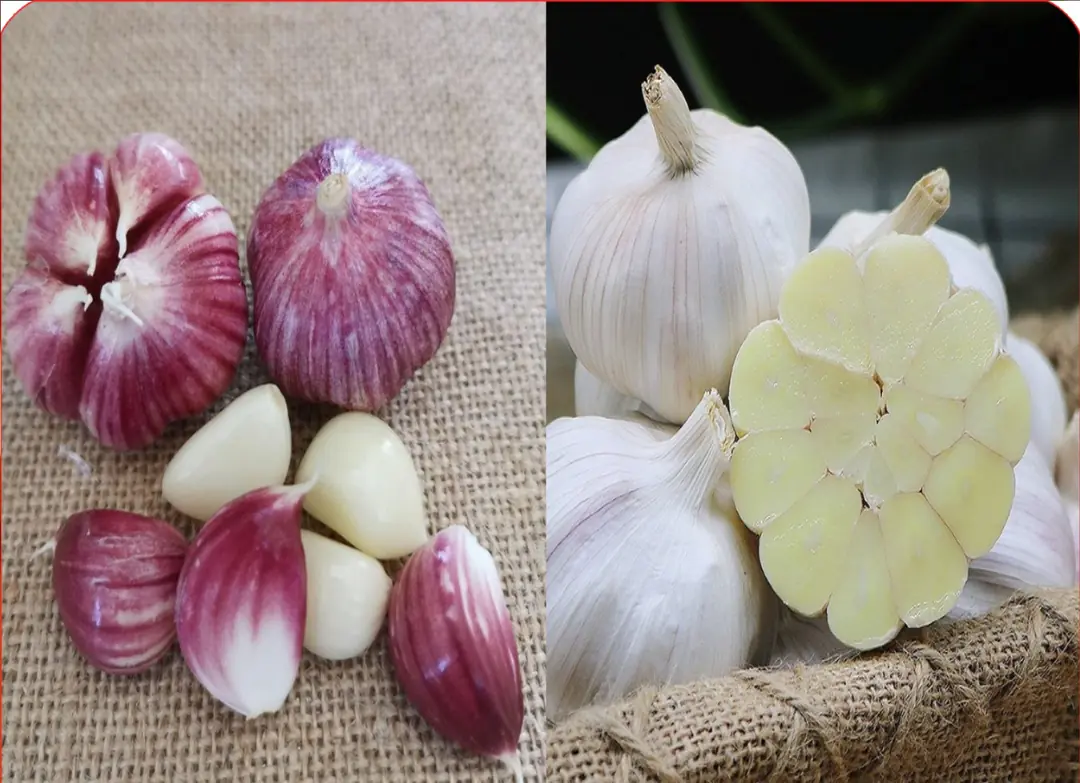
Purple or white garlic skin is better? An old farmer said something, suddenly I was "brain-cleared"
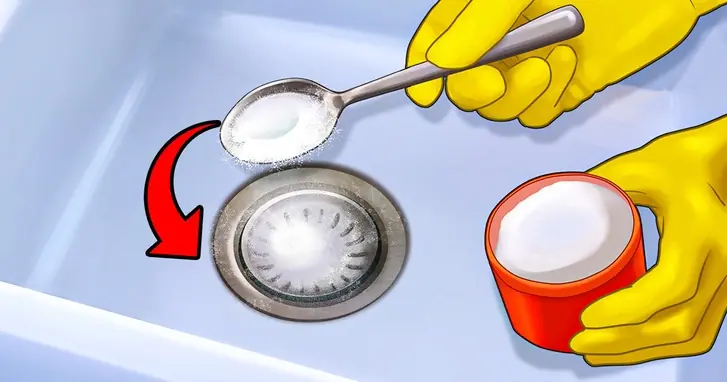
Benefits of pouring salt down the drain

Using 3 kitchen ingredients, ants will never come back, safe for children, effective immediately
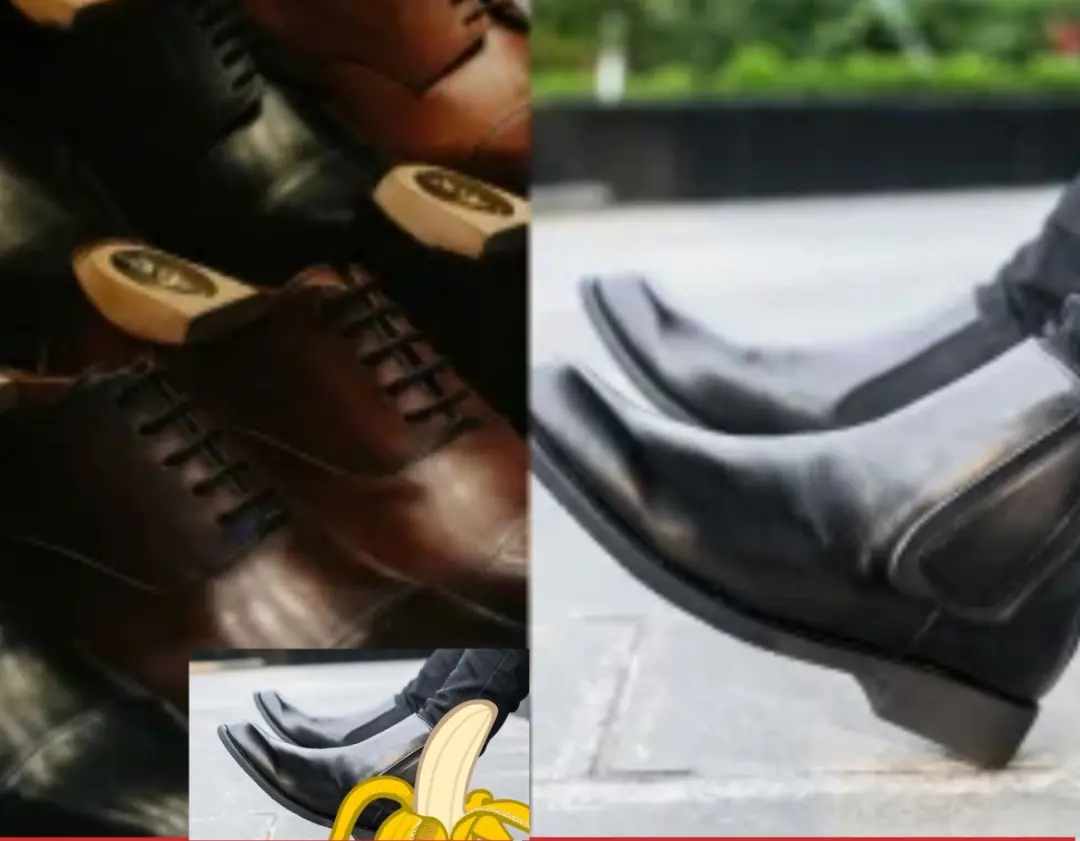
Golden tips for shiny leather shoes like new, no polish needed, just need these 4 things to throw away
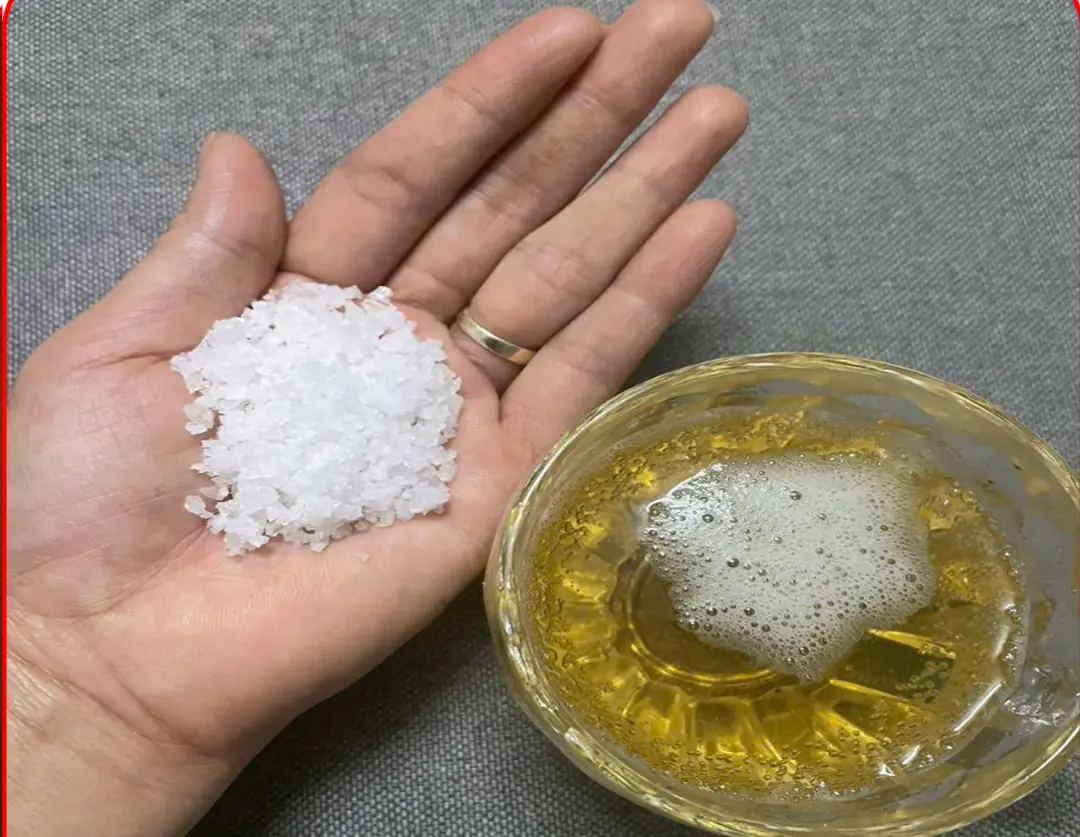
If you drink leftover beer, add a little salt to create
News Post
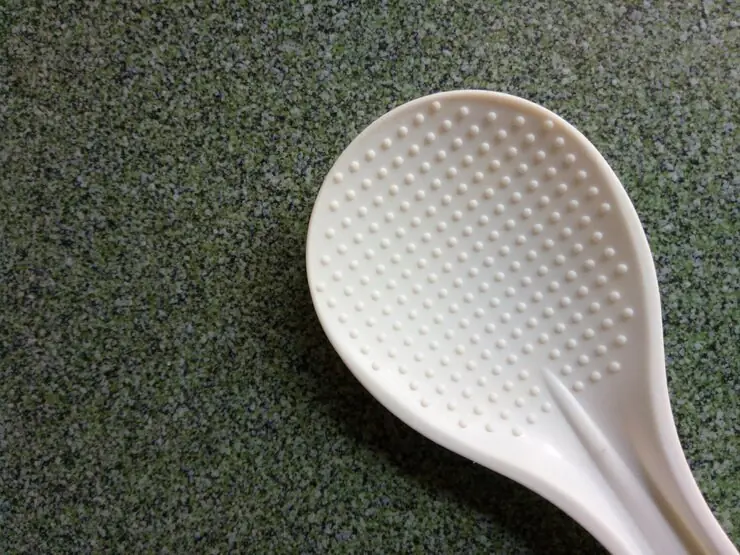
Why does the rice cooker's rice scoop have round dots?

Health benefits of yogurt

The Skylight Room
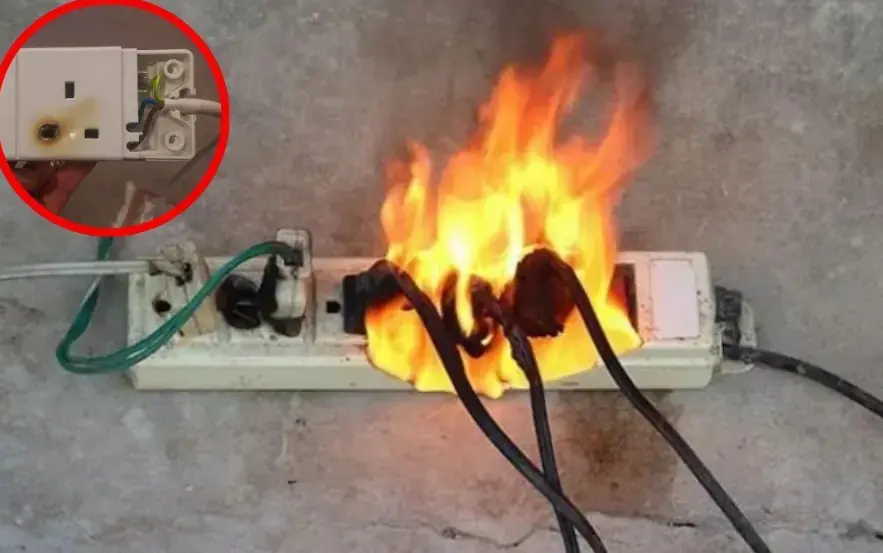
90% of people using power strips make these mistakes

Regret

Don’t Be Quick to Throw Away These 4 Sprouted Foods in Your Home: They're Not To.xic

How to use rice water and ginger for healthy hair

4 Effective Home Remedies to Eliminate Mucus and Phlegm in the Throat, Sinusitis, and Rhinitis

What is spinach? 9 amazing health benefits

Tips for boiling potatoes without water, in just 5 minutes, the potatoes will be soft and fragrant

Peeling garlic by hand is old-fashioned. Here are 4 ways that are quick and don't leave a smell on your hands.

6 tips for using beer to condition and wash your hair to make it shiny, black, and reduce hair loss

Not everyone pays attention to this issue

30-minute tip to keep your refrigerator clean and odorless with cheap and safe ingredients

Expired fresh milk has 4 special uses

Plant these 5 plants around your house to repel snakes

The Way to the Dairy

The Story of An Hour
